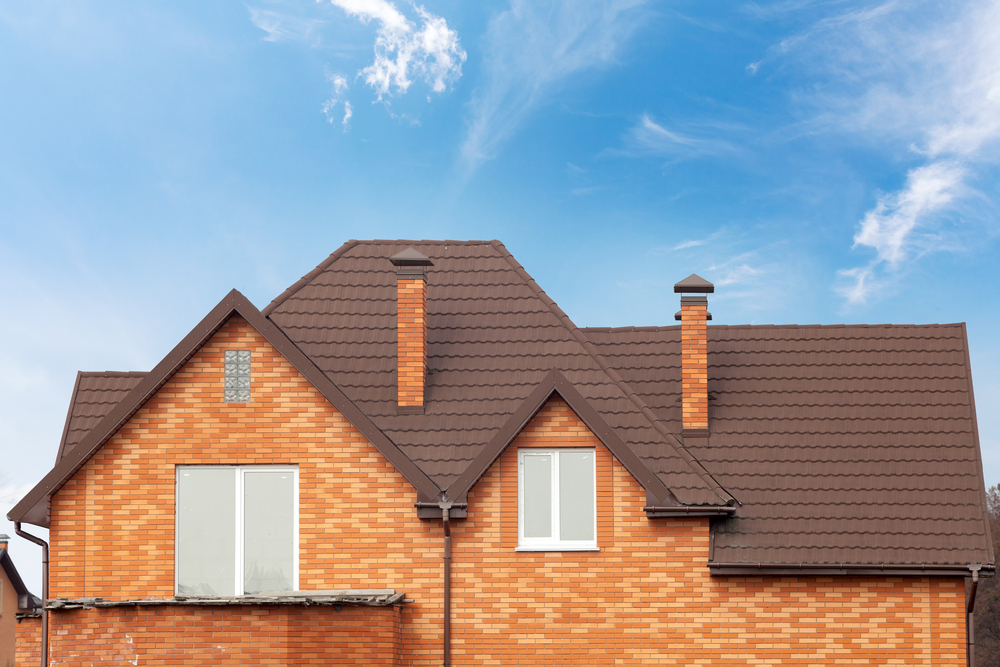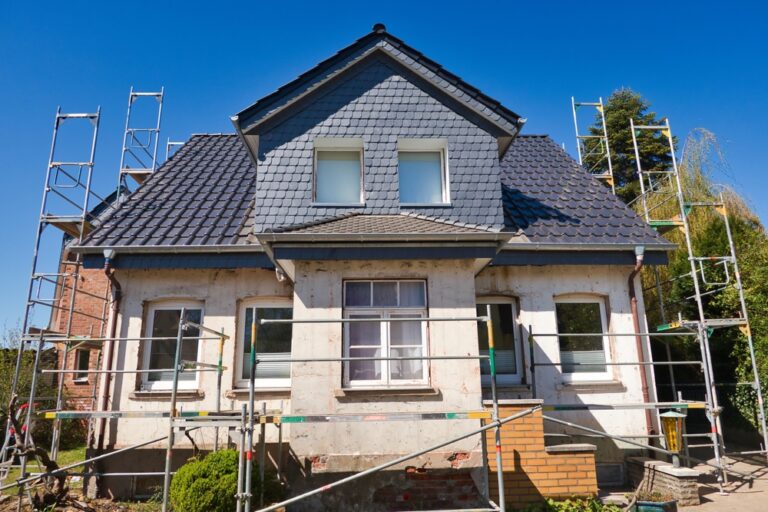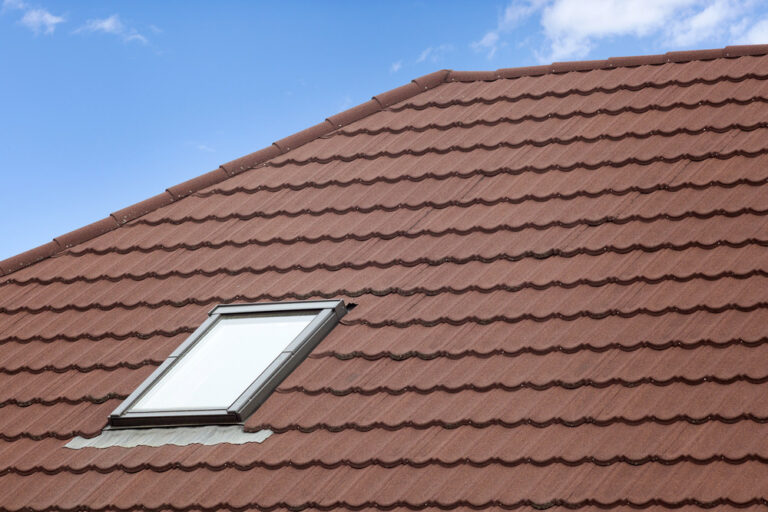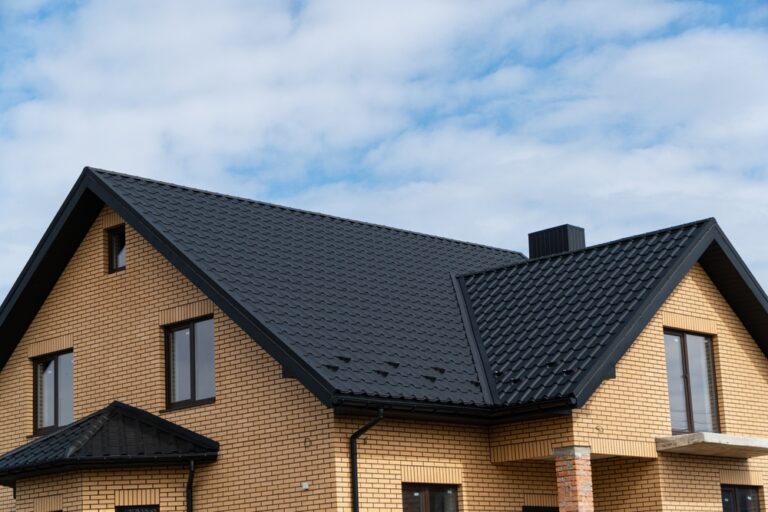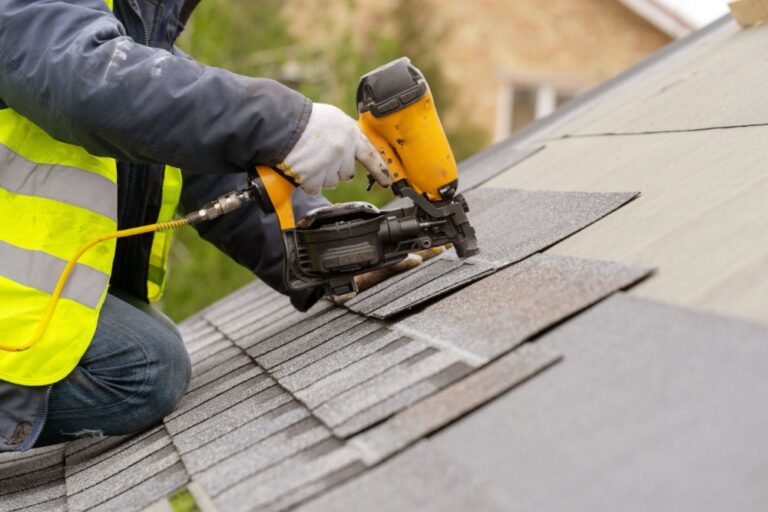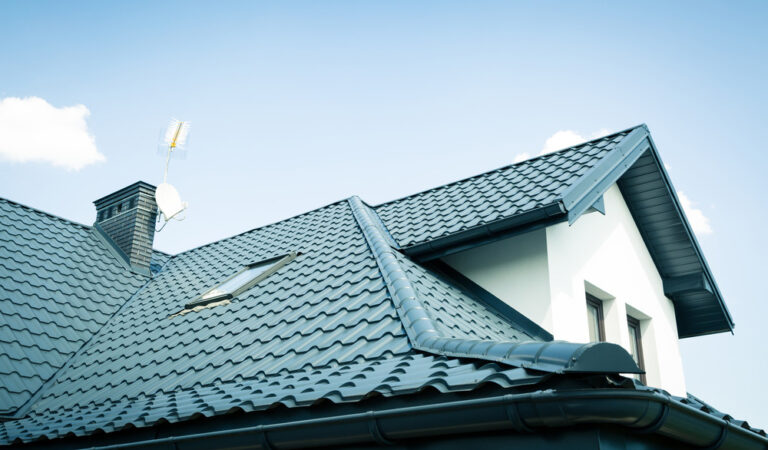What’s the Best Roof for a Tropical Climate?
The Philippines is situated in the western rim of the Pacific Ocean and has a tropical climate with high temperatures and heavy rainfall. In this part of the world, the roof is typically the part of the house with the most sun exposure. This proves how vital it is to pick the best roof for a hot climate. The right roofing will make all the difference to your home remodeling or construction project’s success.
During your search, you’ve probably come across materials like asphalt, slate, concrete, stone-coated metal roofing, and more. But what is the most ideal to use in our climate? Let’s explore top roofing options and considerations when building homes in tropical countries.
Impact of Tropical Climate on Roofing
Before learning about roofing materials, we must identify what distinguishes roofing in tropical countries. The roof is an essential part of any home. It serves as a protective barrier from the elements and provides structural support to a property.
Given its crucial role, the effects of tropical climate on roofing can cause some wear and tear over time, and at a much faster rate, depending on how extreme the weather and temperatures get. Here’s how:
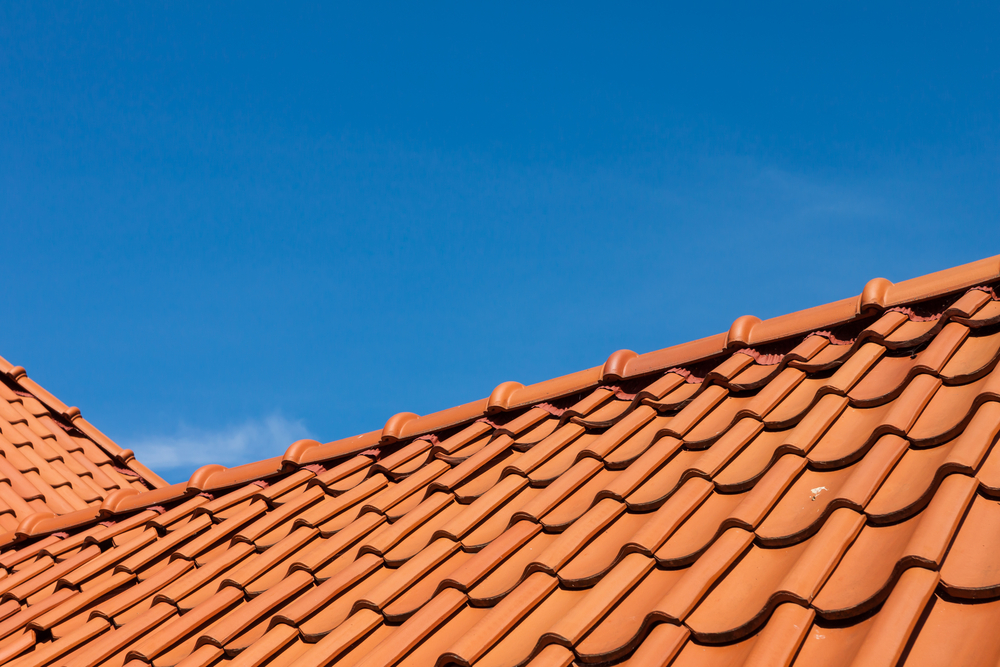
Heat
Roofing bears the brunt of the sun’s heat. Intense sunlight and high temperatures can cause roofing materials to deform, disintegrate, and fade over time. Roofing should be able to withstand long exposure to solar radiation.
Wind
During typhoons, poorly installed roofing can be damaged and disentangled from its frames. Debris can also cause punctures and cracks if the roofing material is not durable enough.
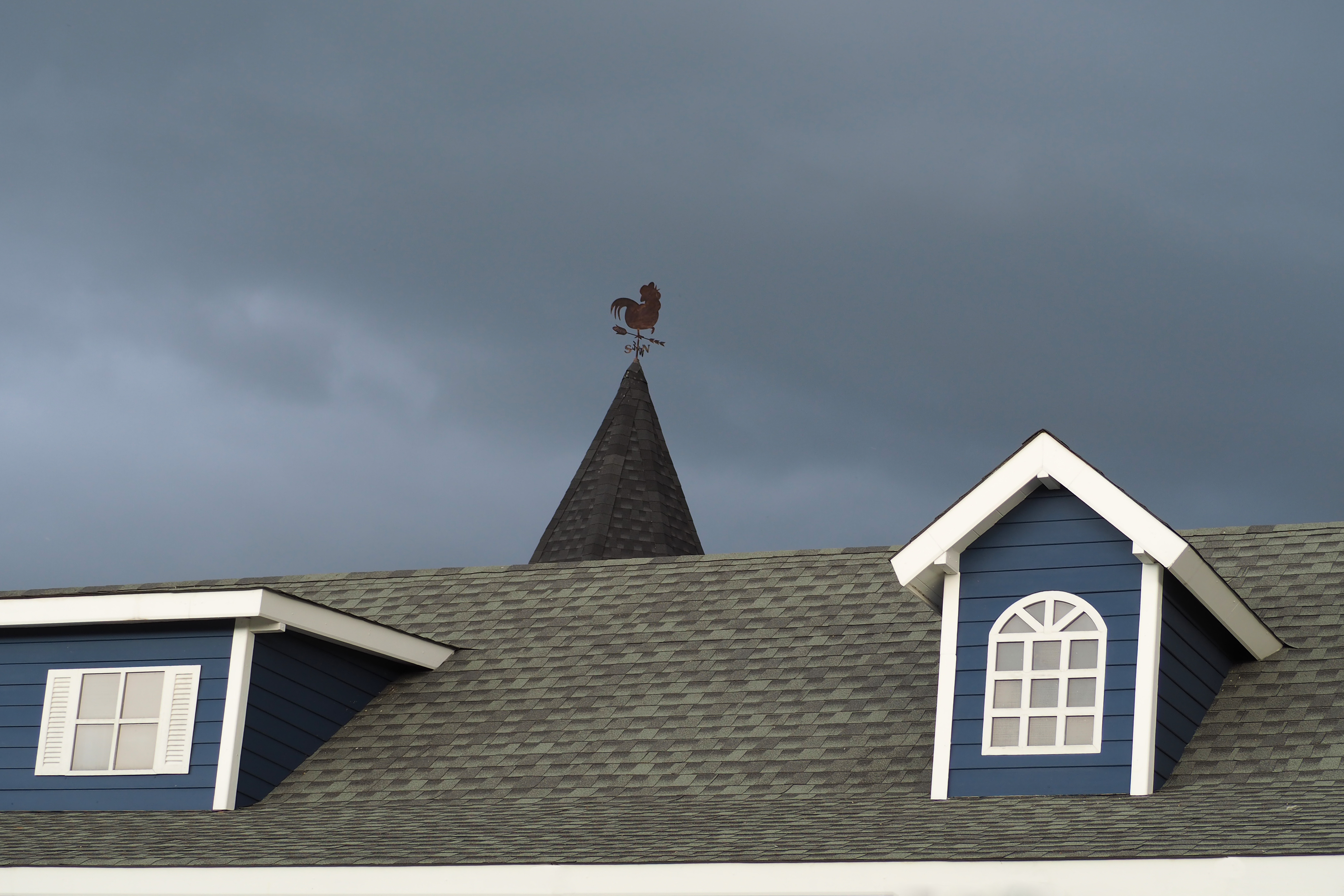
Moisture and Humidity
Tropical climates often experience heavy rainfall and typhoons. This can lead to excessive moisture on roofs. Too much moisture can cause leaks and water damage inside the home.
Corrosion and Rust
The Philippines is an archipelago, with over 7,100 islands. Moisture and salt air can cause roofs along the beachside to corrode and rust. Regular maintenance and coastal home roofing help prolong the lifespan of homes in such environments.
In tropical countries such as the Philippines, the wet and dry season can be particularly rough on roofs. Typhoons enter the Philippine Area of Responsibility more than anywhere else in the world, typically from July to October. During this period, rainfall can put even the sturdiest roofs to the test and cause leaks and water damage.
But that’s not all. Homeowners also face common roofing issues during the dry season. Temperatures can reach as high as 41 degrees Celsius, which could overheat roofs and create cracks and other structural problems.
The daily stress of the climate on roofing materials can shorten roof life and compromise the home. That’s why it’s important to make the right choice from the get-go.
Best Roofing for Tropical Climate
Now that we’ve covered how the tropical climate can impact roofing, let’s talk about options. Finding the right material ensures that your roofing can weather harsh storms and the scorching sun with ease. Let’s dive into some top contenders that will keep your home safe, comfortable, and stylish.
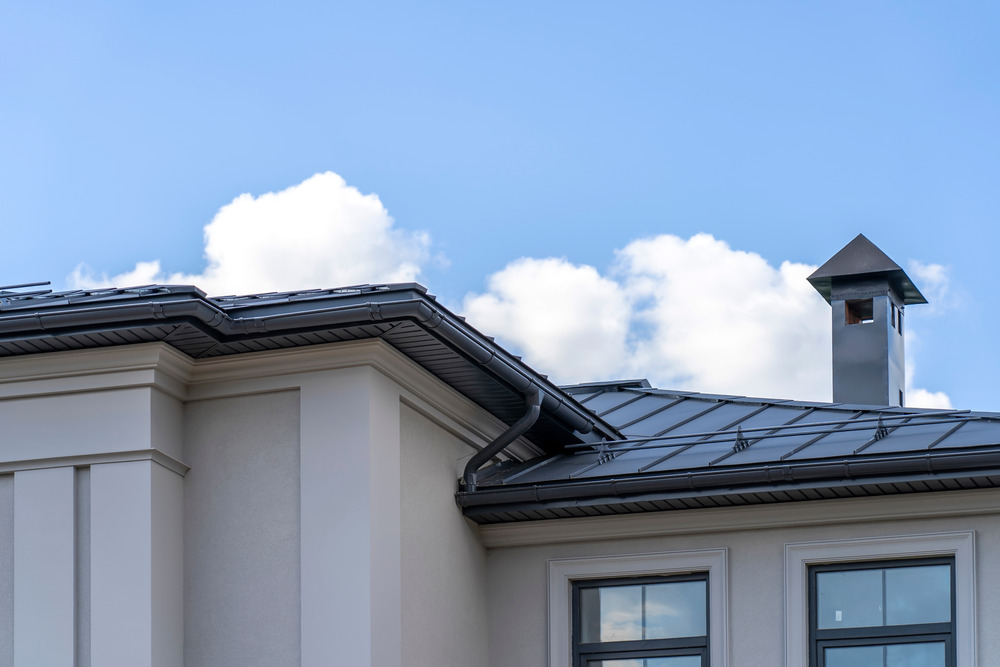
Metal
Metal roofing is an excellent way to weatherproof your home with little to no maintenance. It also keeps your property cool under the relentless heat of the sun by reflecting UV rays off its surface. Other materials tend to absorb sunlight and trap the heat inside. Metal roofing helps lower energy costs and is therefore a more environmentally friendly option.
There’s a common misconception that metal roofing is simply that—-made of metal. However, there are different types of metal roofing, each with their own unique characteristics and benefits:
- Stone-Coated Metal: Stone-coated metal roofing is made from steel sheets coated with stone granules. It combines the high-performance strength of metal with the charming appeal of more traditional materials like asphalt shingles, clay, and wood. The stone-coating process allows for the steel sheets to be stamped into various shapes and applied with different colors and textures.
- Aluminum: Aluminum roof is one of the lightest materials, making it very easy to install. Although aluminum is corrosion-resistant, the downside is that it is malleable and more prone to denting.
- Galvanized Steel: Galvanized steel is covered with a protective layer of zinc to resist corrosion. If even a small part of the zinc peels off, rust may quickly infiltrate the material, so it’s probably not the most ideal option for coastal areas.
Slate
Slate is composed of metamorphic rocks from clay or volcanic ash. Although it is one of the best roofing materials for a hot climate, it comes with additional costs. Installation requires a highly specialized skill, and qualified installers are hard to find.
Terracotta
Terracotta is a popular roofing material in tropical and subtropical regions. Made from earthen clays and baked into interlocking shapes or tiles, terracotta has a distinct reddish-orange color. Terracotta will look great on your roof if you prefer a Mediterranean or Spanish aesthetic for your home. In addition to its visual appeal, terracotta is also highly durable.
However, keep in mind that terracotta is heavier than other roof coverings and needs an underlayment to ensure that no water gets through the material.
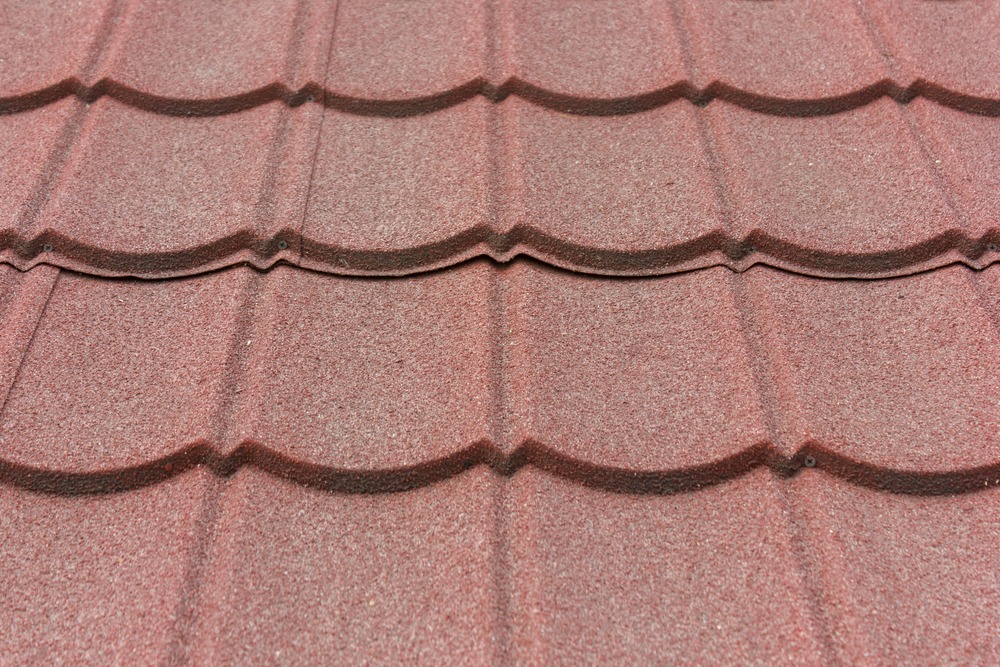
Concrete
Concrete tile is a more cost-effective option if you want the thermal properties of terracotta but not the price that come with it. Concrete has similar installation techniques and benefits as terracotta. Concrete tiles come in a variety of shapes, colors, and designs, but without regular maintenance, they are prone to fading and may eventually look dull and worn.
Asphalt
Asphalt roofing is constructed from a blend of asphalt, fiberglass, granules, and other components. Interestingly, it is relatively lighter than its counterparts and can also be customized to match your home’s aesthetic. Asphalt roofing is also durable enough to withstand high winds.
Green Roof
A green roof consists of moss and plants suspended over a waterproof membrane and intricate layers of drainage, insulation, and filtration. This self-sustaining architectural feature can add natural beauty to the urban jungle and bring more oxygen back into the environment. Beyond its lush and outdoorsy charm, green roofing has cooling properties that help regulate indoor temperatures and reduce energy costs.
In the Philippines, the most commonplace roof materials used are metal, slate, clay tile, concrete, and asphalt. These materials are known to perform well under extreme heat and occasional heavy rains.
Galvanized iron sheets are a popular choice in residential properties because they are cost-effective and durable. In terms of versatility and compatibility with sloped roofs, asphalt shingles emerge as a great choice. Concrete is sought after because of its thermal insulation properties—ideal for efficient cooling.
With these diverse options, Filipinos can choose whichever best suits their needs and preferences while ensuring longevity against the polarized weather.
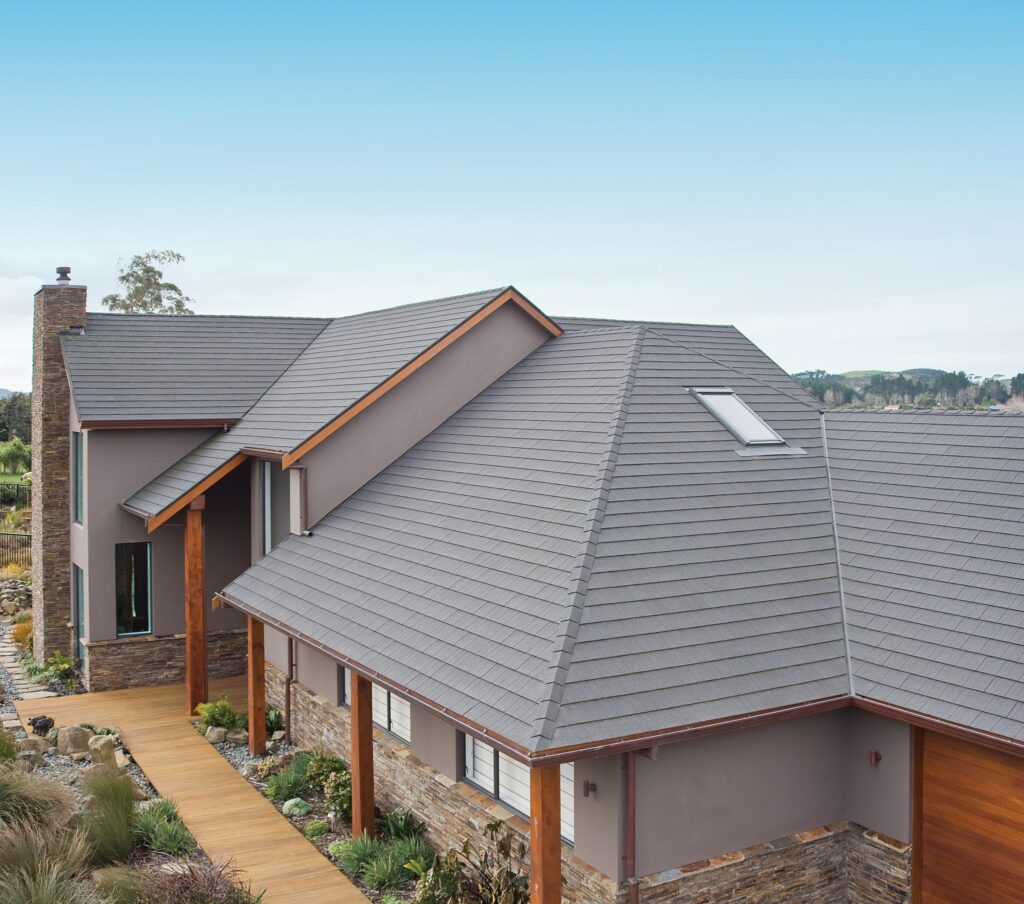
Choosing a Roof System
While the best roofing material plays a huge part in your project, it’s just as important to consider practical elements. Here are some factors for choosing a roof system that will help you make well-informed decisions:
- Home Design: The roof system should complement the style that you’re going for. Do you want your home to have a historic and quaint charm? Metal shake roofing adds a rustic look by mimicking the appearance of cedar shakes. No matter what your vision is, there’s a roofing material to bring it to life.
- Roof Pitch: In tropical climates, it is advisable to opt for a high-pitched roof because its design ensures that hot air from the roof is kept away from the house’s occupants. Flat roofs are not ideal due to the amount of rainfall that can build up and drain incorrectly.
- Overall Functionality: Consider durability, energy efficiency, and weatherproofing. Tropical climates offer many challenges for construction projects, but roofing materials such as stone-coated metal roofing are strong enough to withstand the toughest conditions.
- Budget: Many homeowners and project developers have budgeting at the top of their list of considerations. When deciding on the best roof for a hot climate, factor in the initial cost and long-term savings.
- Versatility: A roofing material must be versatile enough to accommodate diverse architectural styles. Whether you want modern Filipino, tropical contemporary, or Spanish colonial, a versatile roofing material can be adapted to your vision. For example, stone-coated metal roofing and clay tiles can be used for different roofing applications and are perfect for the hot climate.
Find the Best Roof for Hot Climate with Ritestone
Choosing the best roofing for a tropical climate can be daunting. But with factors like home design, roof pitch, functionality, budget, lifespan, and versatility, you can ensure the longevity of your roof for years to come.
In such an environment, Ritestone stands out as a local provider that understands these challenges. Our roofing products are engineered to perform well in the Philippine climate. Rain or shine, you can have peace of mind knowing that your roof is built to endure frequent typhoons, constant sun exposure, and the other rigors of tropical weather.
If you’re considering which roofing material to use for your project, stone-coated metal roofing is a great option. The many advantages of stone-coated metal roofs show that it is a smart investment.
Ready to experience the benefits of this roofing material? It pays to consult a trusted provider of stone-coated metal roofing in the Philippines to help guarantee that your home stays protected from the elements all year round. We are here to provide you with high-quality roofing in various styles and colors to suit your needs.
Contact us today to learn more about our products.

